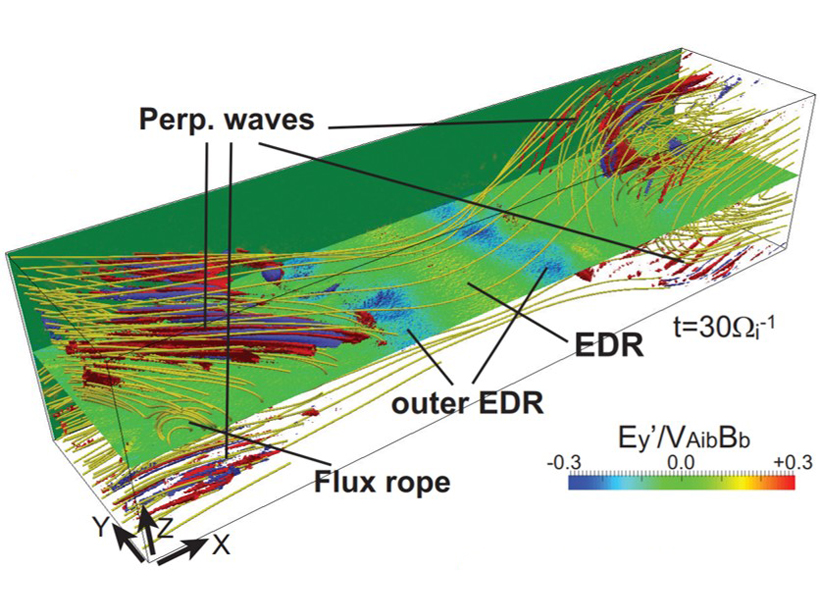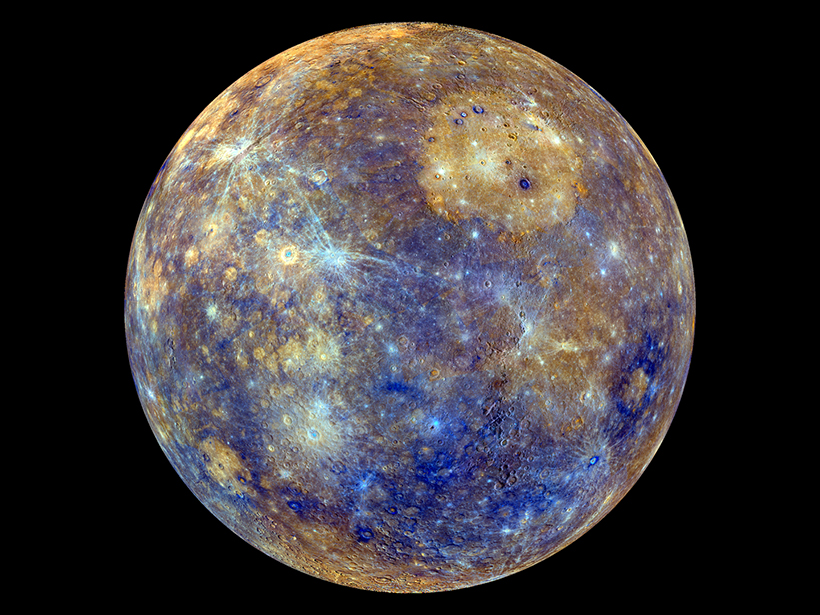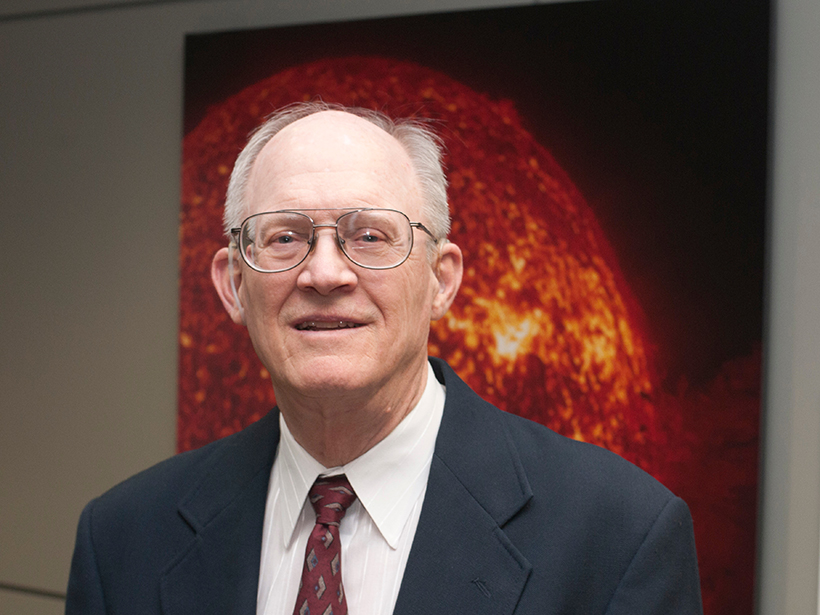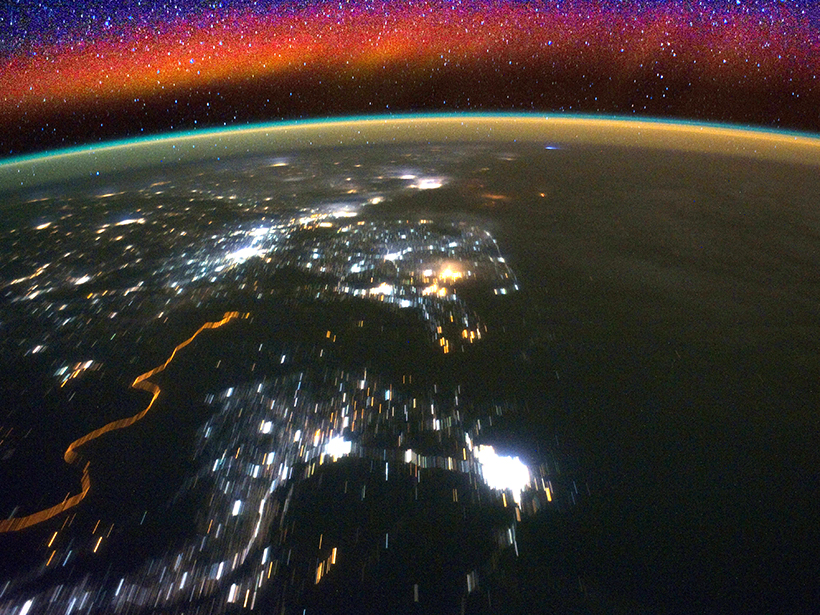Both simulations and observations are used to measure the magnetic reconnection rate in the Earth’s magnetotail, suggesting that the rate is correlated with the intensity of a magnetic substorm.
magnetic fields & magnetism
Plasma Activity Around Sunspots May Foreshadow Solar Storms
A new study identifies possible precursors to space weather in the regions encircling sunspots.
De Groot Receives 2018 William Gilbert Award
Lennart de Groot will receive the 2018 William Gilbert Award at AGU’s Fall Meeting 2018, to be held 10–14 December in Washington, D. C. The award recognizes “outstanding and unselfish work in magnetism of Earth materials and of the Earth and planets.”
A More Detailed Look at Earth’s Most Poorly Understood Crust
The second-generation Antarctic Digital Magnetic Anomaly Project offers a powerful new tool for probing the structure and evolution of the southernmost continent’s lithosphere.
Mercury Mission Will Map Morphology and Measure Magnetics
BepiColombo may launch as early as this weekend. It seeks to unravel the mysteries of Mercury’s geologic and magnetic past and map the small planet’s cratered surface.
How Do We Accomplish System Science in Space?
Exploring Systems-Science Techniques for the Earth’s Magnetosphere-Ionosphere-Thermosphere; Los Alamos, New Mexico, 24–26 July 2018
John T. “Jack” Gosling (1938–2018)
This prolific researcher helped us understand the interactions of the solar wind and coronal mass ejections with Earth’s magnetic field.
High-Altitude “Wind Walls” Discovered near Magnetic Poles
Satellite imaging reveals two narrow channels of extreme winds surrounded by gentle opposing flow 140–250 kilometers above sea level.
How Two Massive Space Storms Zapped Alaska
New study reveals how space weather causes rapid fluctuations in Earth’s surface geomagnetic field.
Measurements of Kelvin-Helmholtz Waves in Earth’s Magnetic Field
Simultaneous satellite observations from different distances of Earth’s magnetic tail offer insight into how these instability waves evolve through time and space.









